Two ships called Polillo and Mindanao set sail on May 27, 1906. Both rippled across the water to ferry more than 300 passengers from Cebu to their new home. However, these weren’t just any ships carrying ordinary passengers. Aboard these were the future inhabitants, most had to leave everything for an island full of uncertainty and isolation. This place is a famous destination because of its natural wonders; it promised a new beginning but one fraught with fear and trepidation. Their destination, The Island of No Return — Culion.
Decades since, the island experienced the stigma that its then-new inhabitants had to deal with. The new residents were lepers (Hansenites); they had an illness, leprosy or also known as Hansen’s Disease, which was incurable at the time.
A patients’ community developed on the island and, along with a group of health workers, they built a town that gave them hope and an opportunity to be happy again far from the looks of disgust and judgment. As years passed, other people with the illness decided to move to the town. Culion then became the world’s most organized and most equipped, and biggest colony of lepers. Scientists and physicians looked for improved treatments and a cure to end the ailment. A multi-drug therapy developed in the 80s; this then signaled a new start for the patients. By 2006, a century since the founding of the town, Culion was leprosy-free.
Culion had many monikers. Paradise Lost was a famous one; this referred to the town’s isolation. However, ‘lost’ is a relative term, in this case, it wasn’t entirely that way. The residents kept it that way because of forced seclusion. Through the years, resentment turned into hope, then a place they could call home. It has been a paradise even before the lepers came. It is now opening itself to everyone who is willing to discover its beauty and learn more about its history.
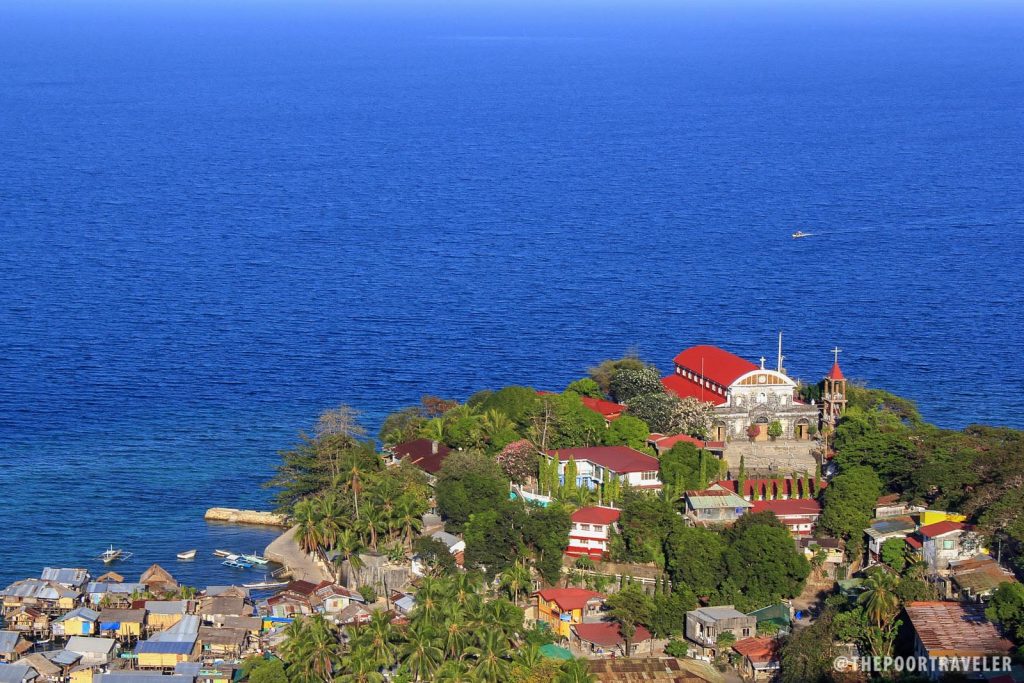
Important Facts
- Language: Filipino/Tagalog is the language spoken by the majority; however, English is widely used and understood as well.
- Money/Payment: Philippine peso (PHP, ₱) is the currency used in town; PHP100 is around USD1.90, EUR 1.62, SGD2.56 (as of May 2018). Bring cash for transactions. Exchange US dollars, Euros or any currency you have while in Puerto Princesa or Manila.
- Safety and Security: The province of Palawan has a low crime rate; however, always observe common safety practices throughout your stay. Be mindful of your belongings at all times and always lock your room door whenever you leave.
- Power: The socket types are mostly 220V, 60Hz or Type A
- Best Time to Visit: December to April is the ideal months to visit because the days here are the driest and sunniest. Thanks to mainland Palawan’s location and isolation, typhoons don’t hit it as often as the other parts of the country. However, the other months still get a lot of rain during August and September.
Plan Your Culion Trip
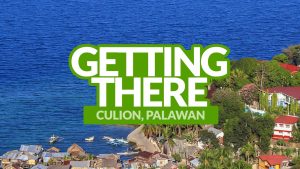 How to Get There |
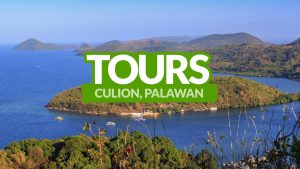 Tours and Attractions |
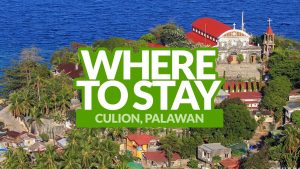 Top Resorts and Hotels |
 Sample Itineraries |
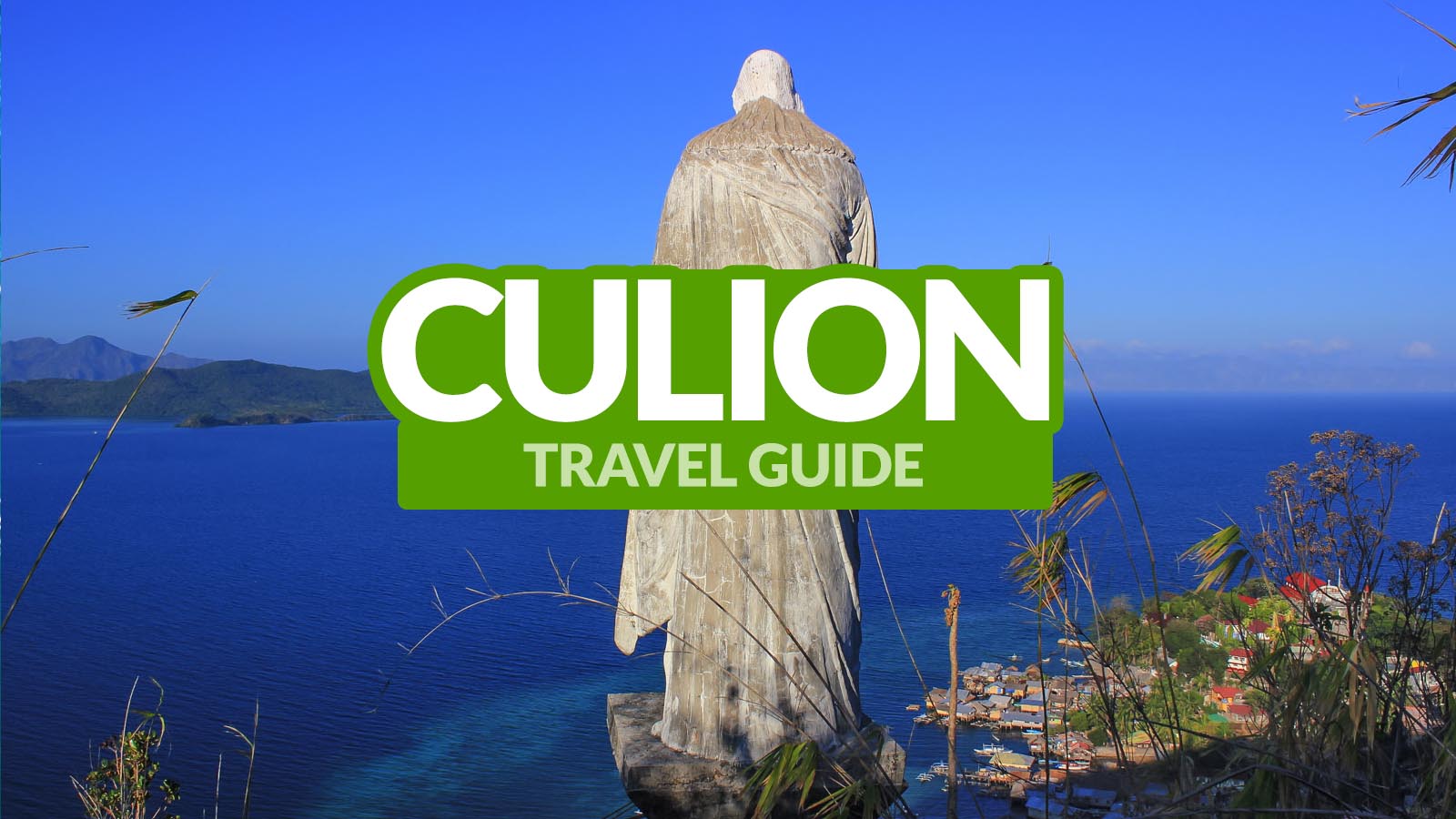
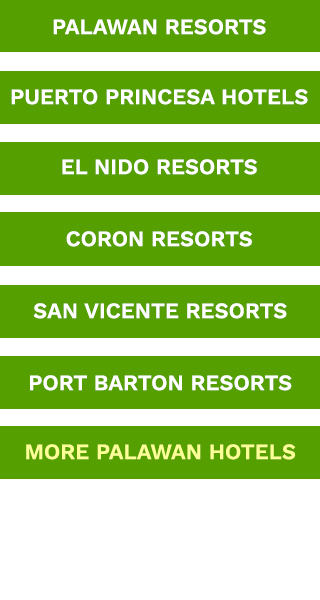
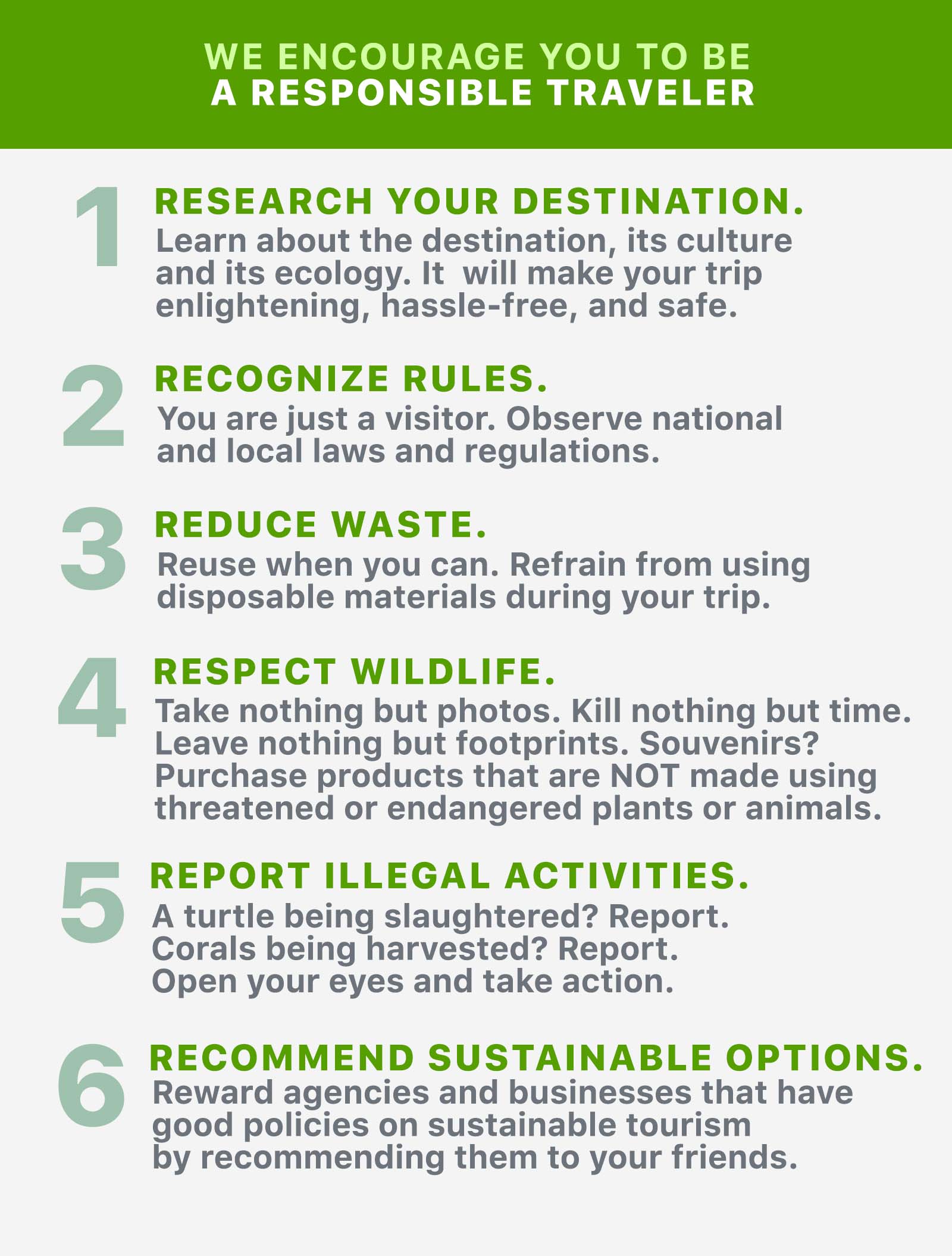
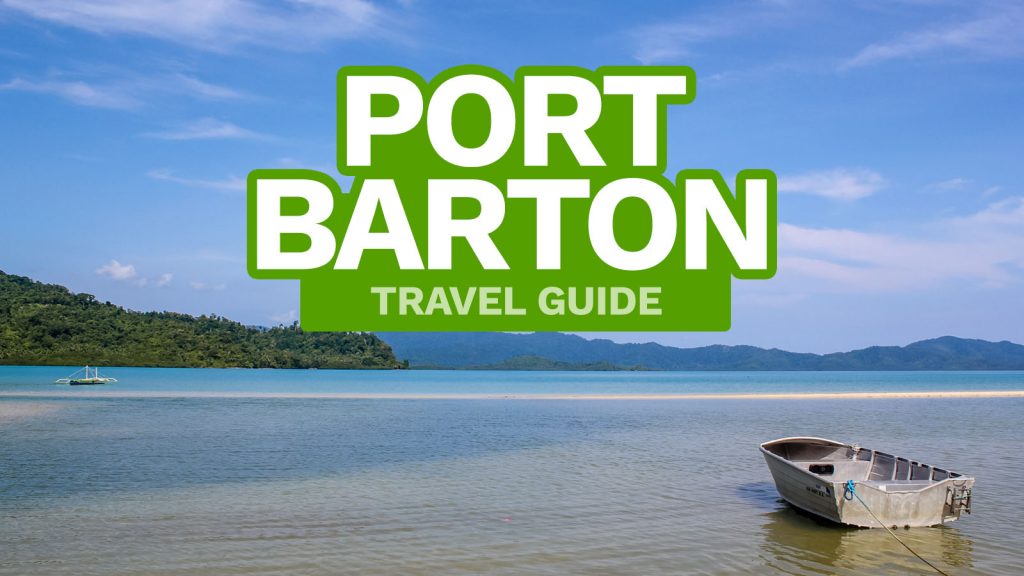

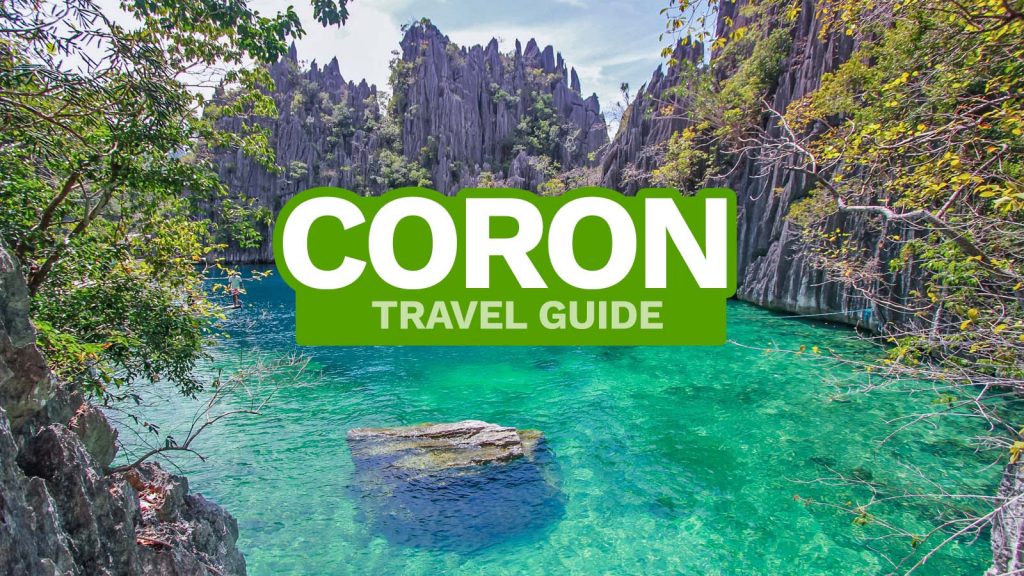

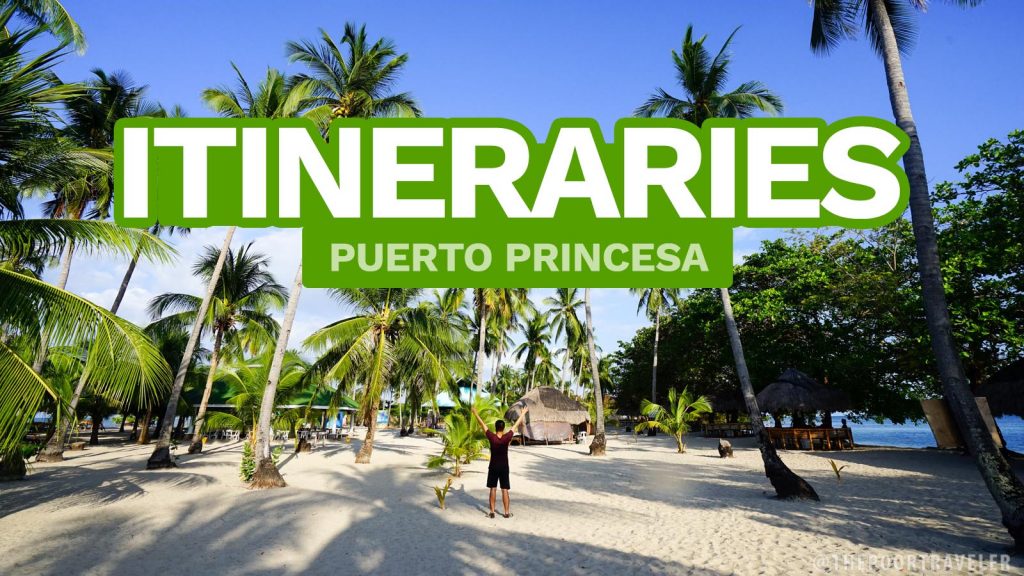
Comments